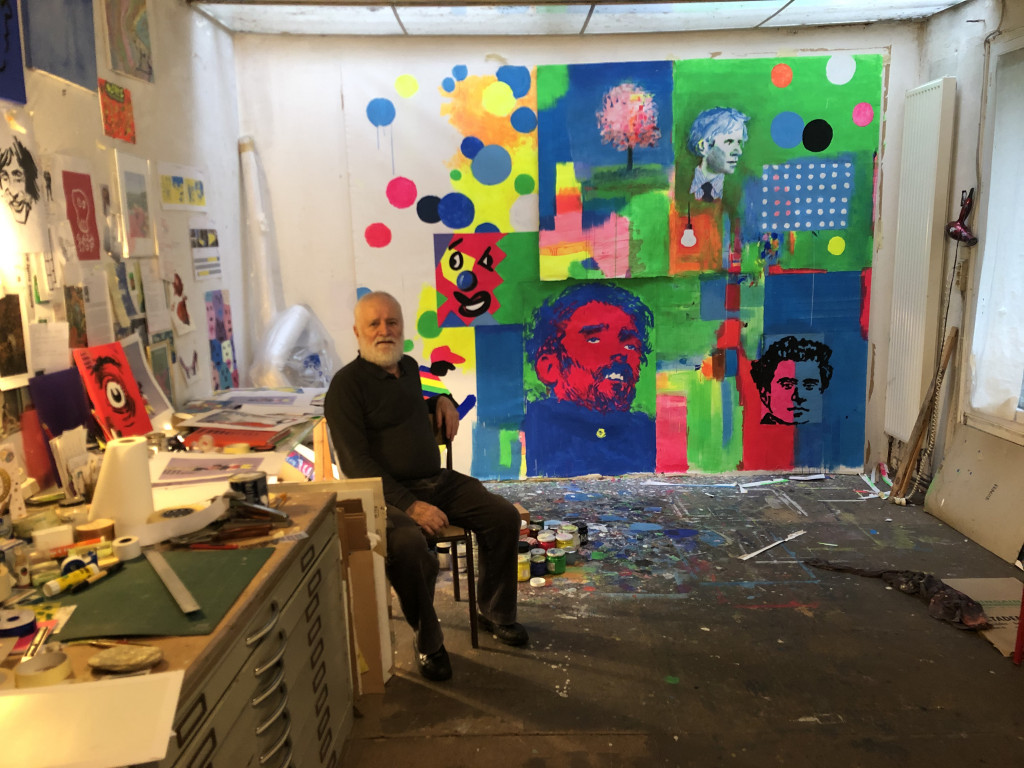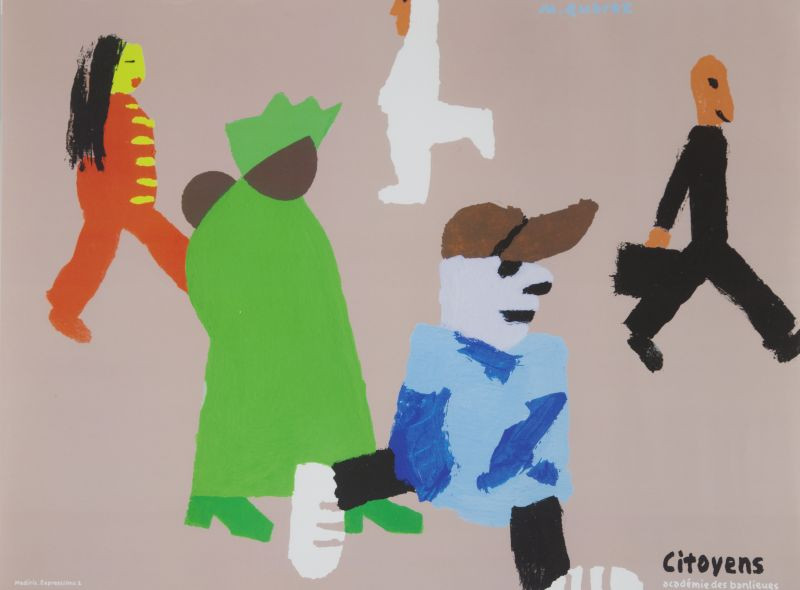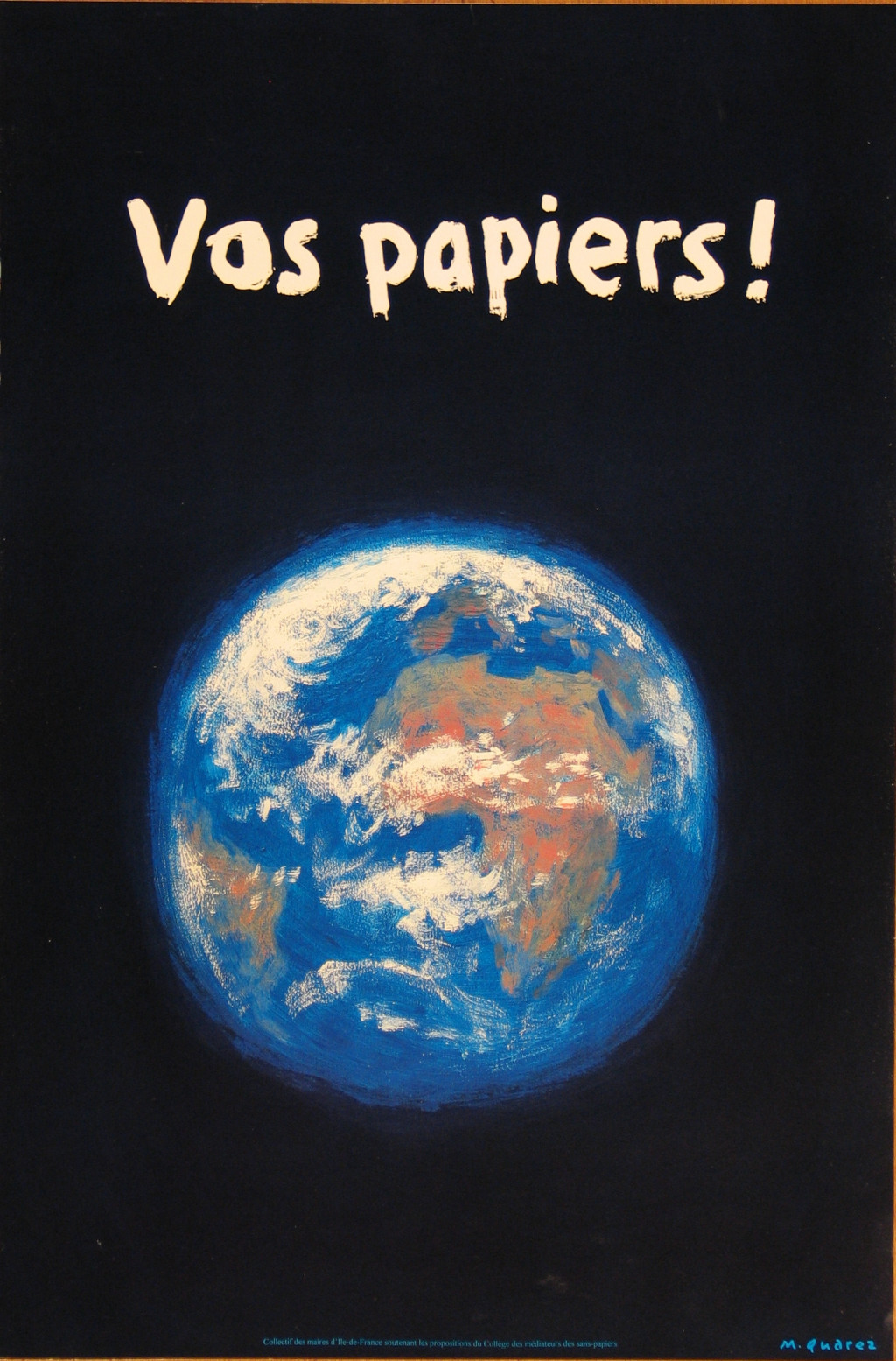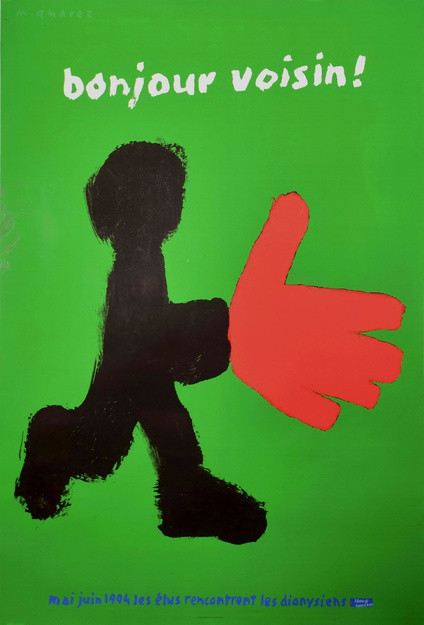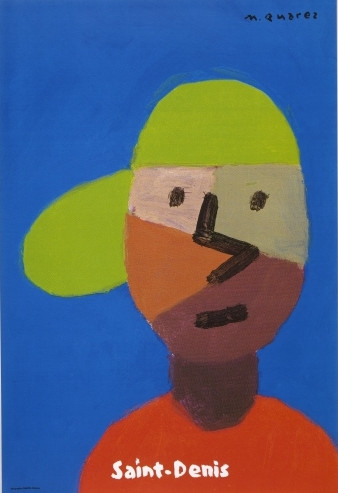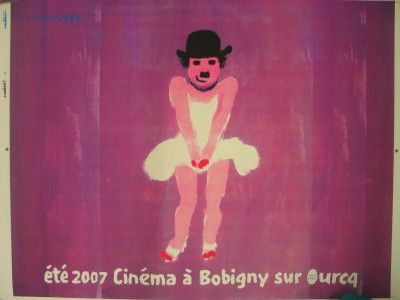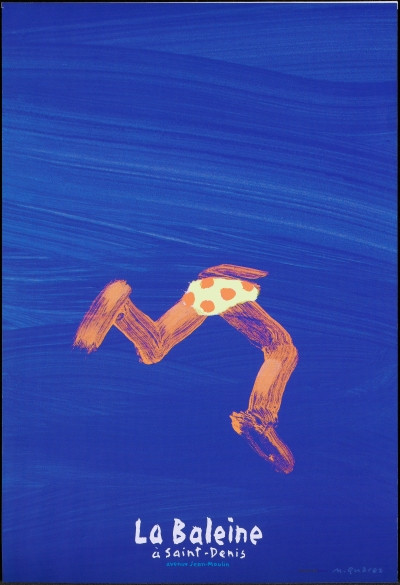In Memoriam: Michel Quarez (1938, Damascus - 8 December 2021, Paris)
News — Dec 9, 2021
It is with great sadness that the Stedelijk Museum announces the passing of graphic designer Michel Quarez on December 8, 2021 in Saint-Denis, France. Quarez is best known for his colourful screen-printed posters. His oeuvre forms an important part of the graphic design collection of the Stedelijk. The bright, expressive figures on his posters are also on permanent display in the current collection presentation Tomorrow's A Different Day.
On behalf of the Stedelijk Museum, I asked my predecessor Carolien Glazenburg, former curator and a good friend of Michel Quarez, to write the In Memoriam.
Thomas Castro – Curator Graphic Design
For thirty years, the Stedelijk Museum consistently purchased posters by Michel Quarez. Ada Stroeve, my predecessor as curator of graphic design, who met him in the early 1990s, said to me: “You really ought to buy his work, he’s exceptionally talented and needs to be supported.” So, we always visited Quarez during our annual trip to Paris, a tradition I continued after Ada’s retirement. In 2000, she asked Quarez to make the poster for her farewell exhibition, Dans la Rue.
A visit to Michel was an adventure. A lengthy metro trip to Saint-Denis, the northern suburb that made international news after the attack on the Bataclan, that takes you from the broad, affluent streets of Paris to those of this impoverished neighbourhood: women in lavishly colourful African dress, youths hanging around, and the palpable aura of hopelessness.
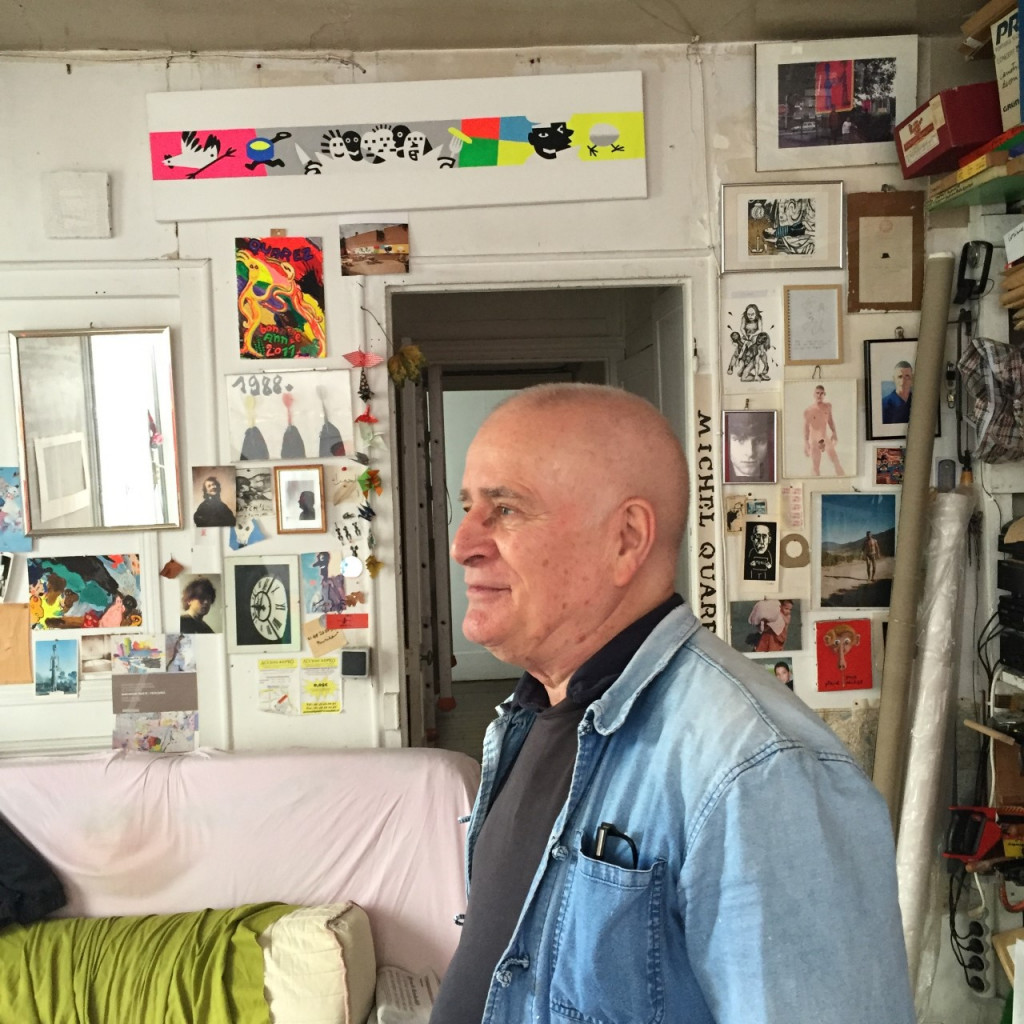
An alley in the Rue Auguste Poullain led to an overgrown garden where Michel lived in a modest house. A kitchen, a corner packed with innumerable rolls of posters and a studio as colourful as Michel’s posters. There, we spent hours deep in discussion, drinking tea, while our host produced one poster after another. Michel was a delightful man who talked passionately about the art and artists he admired, and about abuses in the art world and society.
The son of a French professional soldier stationed in Syria, Michel was born in Damascus in 1938. Back in France, he trained at the l’École Nationale Superiéure des Arts Décoratifs. In 1961, he spent a year studying under the godfather of the Polish poster, Henryk Tomaszewski (1914-2005), who taught at the academy in Warsaw, where the later members of the famed French design collective Grapus (Pierre Bernard, Gérard Paris-Clavel, Alec Jordan) also trained. Michel was also briefly a member of Grapus.
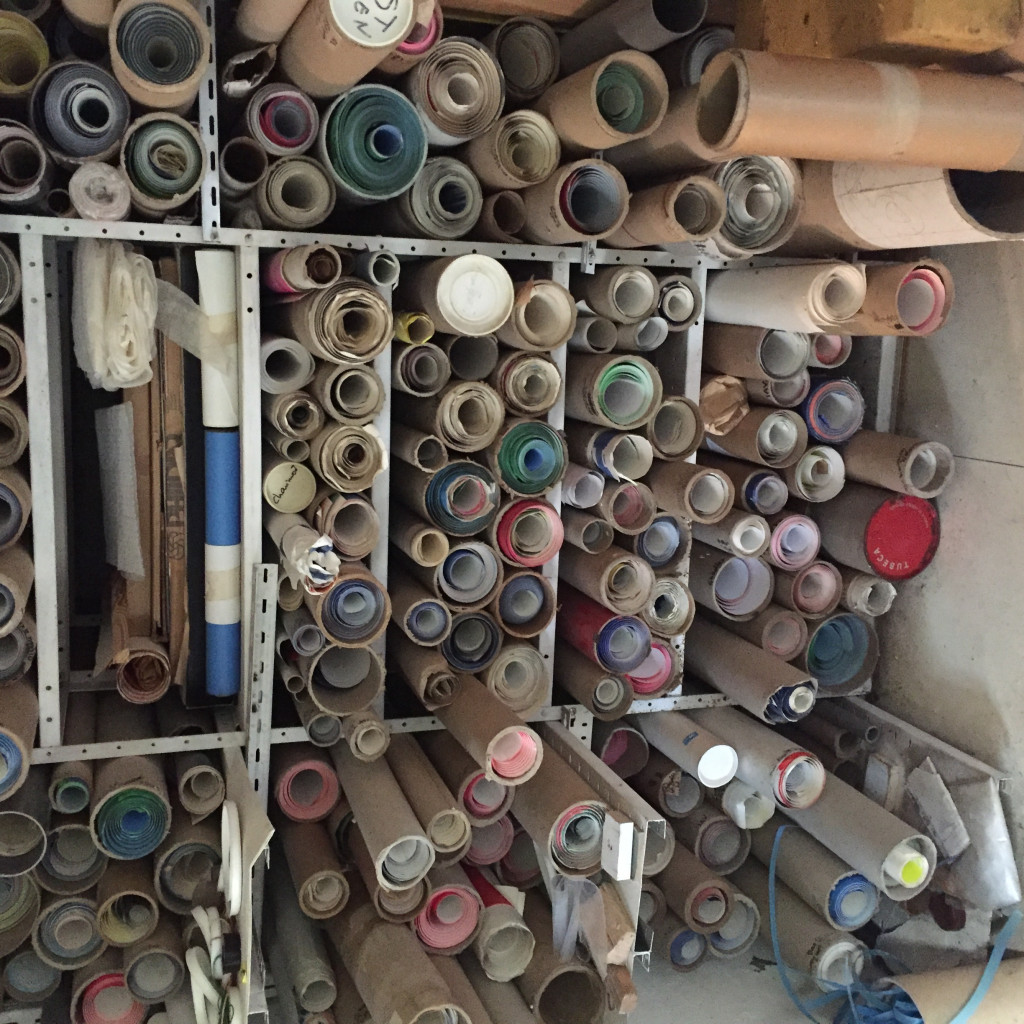
It was not until the late 1980s, after a career in advertising and after working mainly as an illustrator, that Michel started designing posters, most of them screen-printed. Colour—bold and vibrant—was a hallmark of Michel Quarez’s designs. Vivid green and blue, neon pink and sizzling yellow—hues that catch your eye on the street. He refused to add logos, although made a rare exception for the poster for his exhibition at the Stedelijk in 2006. Sometimes his compositions were purely linear in black and white now and then a solitary black line appears on areas of colour. Michel’s work always centres around people, and Saint-Denis, with its predominantly immigrant community, was a constant source of inspiration for him. A socially and politically engaged artist, Quarez frequently addressed the issues faced by this banlieue: integration, discrimination, gay liberation, youth care, illegality, the fight against AIDS, and unemployment. He also created designs inspired by community events like the opening of a swimming pool, a campaign against a polluting company, groups of unemployed youth loitering on the street, and posters for football championships played at venues such as the Stade de France in Saint-Denis. The little man who uses his own head as a ball seems funny and whimsical at first, but sets us thinking: who loses their head playing football?
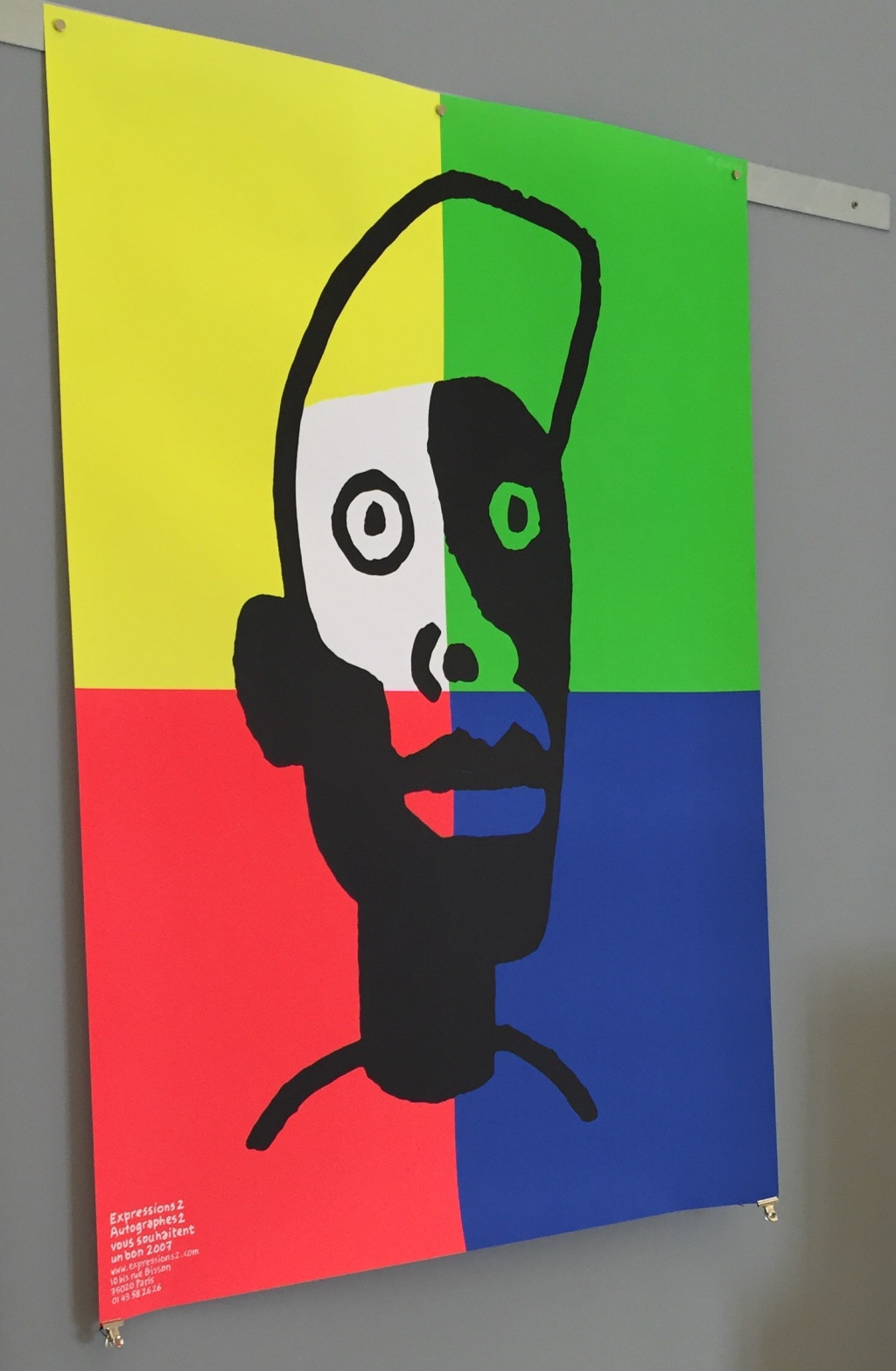
If the poster required a text, Michel painted the typography by hand. He used a computer just once, to design the green poster in the series Images pour la lutte contre le Sida (1992), but would not use one again. The emotion he wanted to convey could only be expressed through painting—the physical act of handling a brush was crucial to Quarez’s work. He felt that creating designs on a computer, with no direct contact with the paper, dulled his excitement and engagement with a particular subject.
What gives Quarez’s posters their appeal? They embody the zeitgeist without conceding to trends and delight in giving popular icons a fresh, unexpected interpretation. Humour is ever present, and the message is often stripped down to its essence, which only heightens its clarity and expressiveness. For example, a poster with two little legs in swimming trunks seen from below, for a new swimming baths, encapsulates the anxiety of those first swimming lessons. And, as mentioned earlier, his designs uniquely explode with colour, an effect Michel created by adjusting the printing press until he achieved the effect that he wanted.
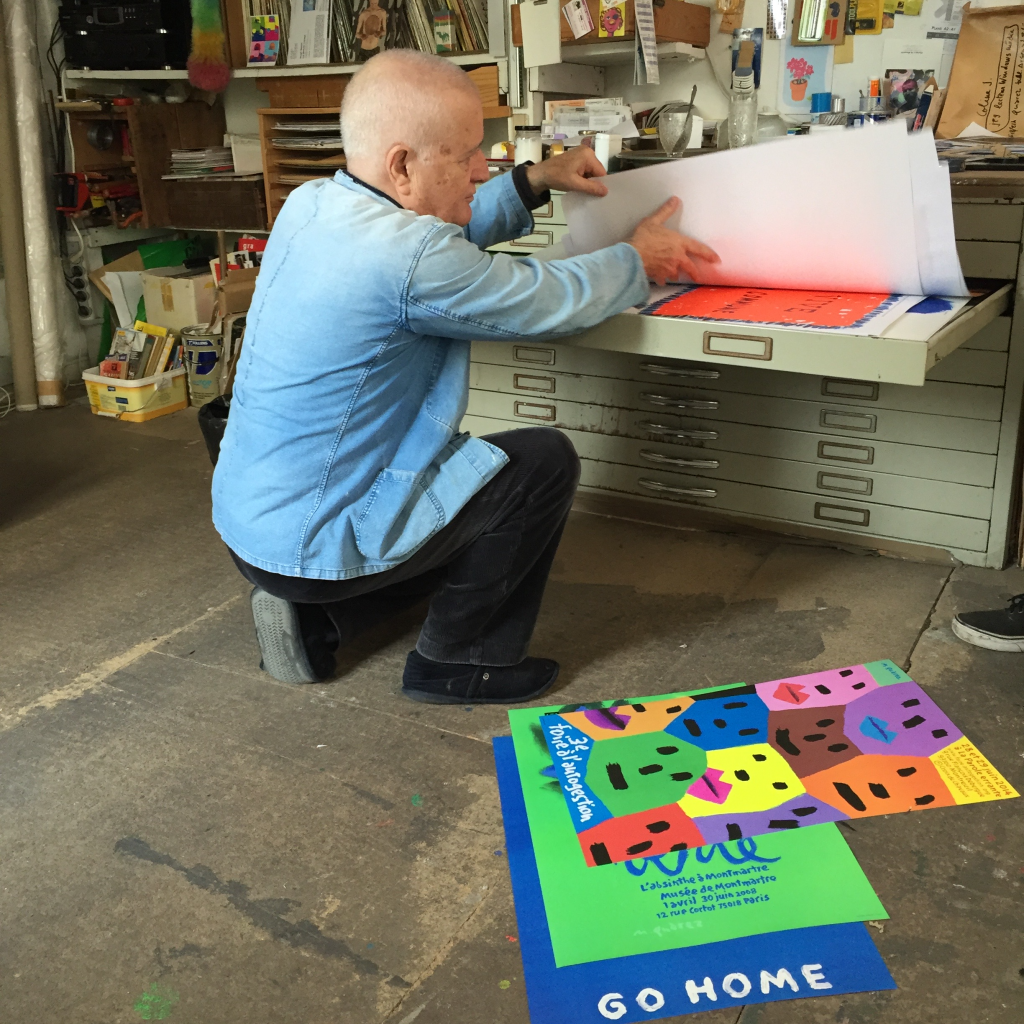
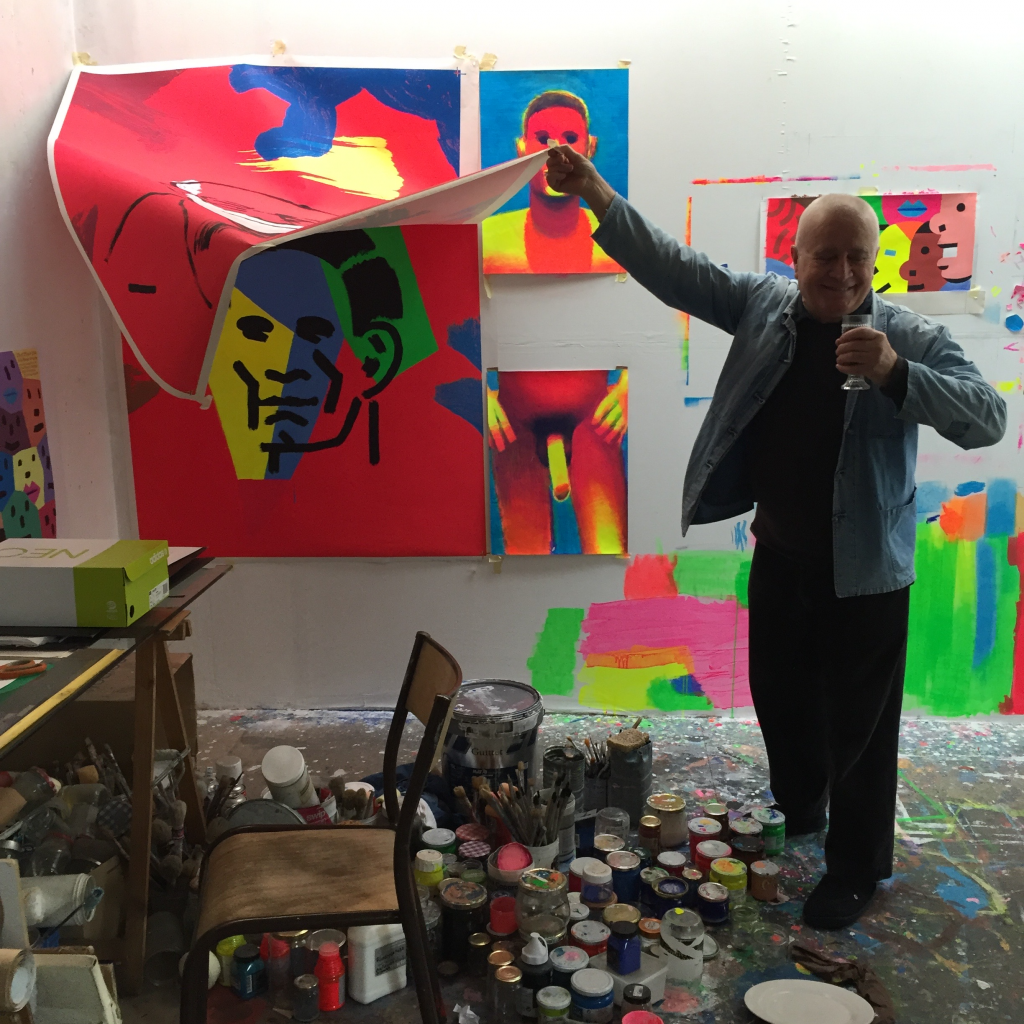
In Amsterdam, Michel collaborated with ceramists Norman and Florentine Trapman to create a large colourful tile mural for the Kinderkookcafé in the Vondel Park (2007). His work is highly appreciated in the Netherlands. He always said: ‘Thanks to Dutch collectors I could pay for my central heating.’
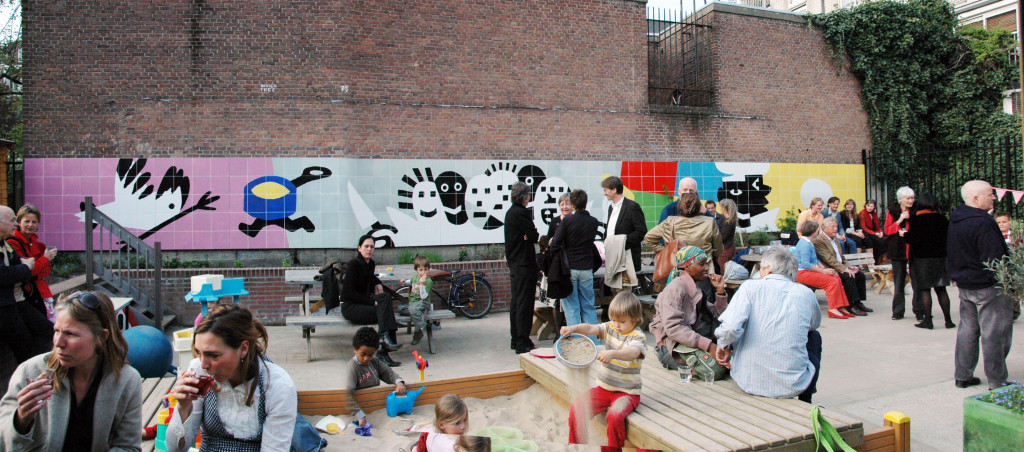
In 2006, the Stedelijk Museum in Amsterdam featured Michel’s posters in a solo exhibition at the Stedelijk Museum CS. The Bibliothèque Forney in Paris staged a major retrospective exhibition of Quarez in 2009, which was also accompanied by a monograph. Amsterdam is lucky to have the beautiful tile panel on the edge of the Vondel Park, and the Stedelijk collection contains a fine reflection of his work, a selection of which Thomas Castro, the current curator of graphic design, features in the permanent collection display in room 1.10.
It is sad to have to get used to the idea that I can no longer travel to Saint-Denis to meet Michel, who always warmly welcomed you from his garden. He was a special person, an incomparable artist whose art is a wonderful continuation of the tradition of the great French painting poster designers such as De Lautrec, PAL, Cassandre, Loupot and Savignac, much admired by Michel. He used the poster not only to descry social abuses but also to make us mindful of simple, everyday joys. The bus shelters of Saint-Denis will never again dazzle the eye with explosive colour now that Michel is no longer with us.
Carolien Glazenburg, former curator graphic design SMA
